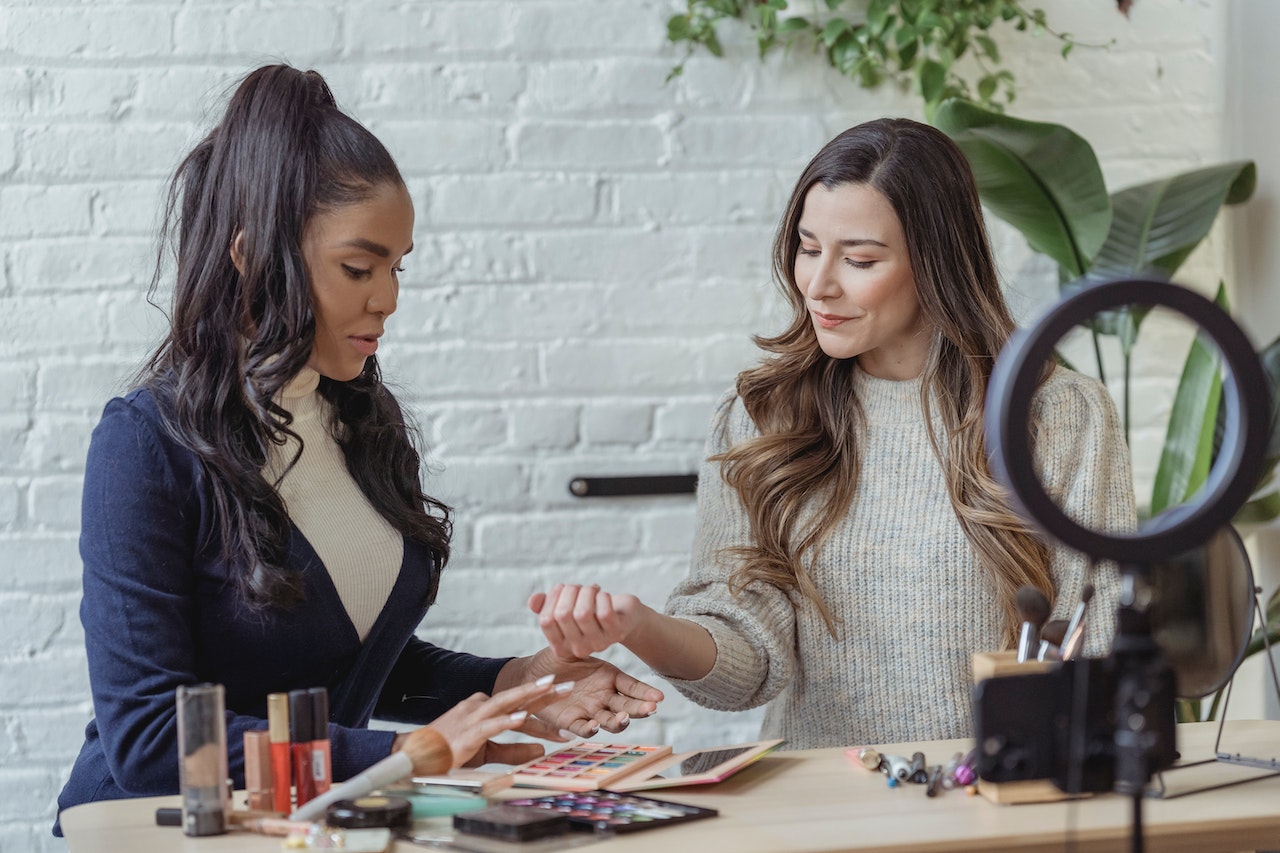Video blogging, or ‘vlogging’ as it is commonly referred to, is an offshoot of social media that has seen a huge surge in popularity in the last few years. It is the process of creating digital video content for an audience primarily via the internet, but can also be distributed locally. Generally, the content is comprised of an individual or a group of people discussing a topic or simply giving their opinion on something.
The biggest lure of vlogging is that anyone can do it from virtually anywhere. You can create videos using your smartphone, a digital video camera, or a webcam. In addition, video blogs can be found virtually anywhere on the web, including on YouTube and other video sharing sites.
In essence, vlogging is similar to writing a blog, except the content is delivered in a video format. Just like writing a blog, though, you need to know the basics in order to create effective and engaging videos.
To get started with vlogging, the most important factor to consider is your audience. For example, if you’re vlogging about a particular topic, it’s important to understand who you’re trying to reach and what type of content they would be interested in. You should also consider the platform on which you’ll be hosting your vlog. Popular options include YouTube and Vimeo, but there are many others to choose from.
Become a Sales & Marketing Rainmaker
Learn valuable skills to win more customers, grow your business, and increase your profits.

Once you’ve narrowed down your audience and platform of choice, it’s time to start developing your video’s content. As with blogging, the content should be interesting and relevant to your target audience. Additionally, it should be well-structured and thought out - you don’t want to leave your viewers in the dark. You’ll also want to think about the length of the video, too – generally, the shorter, the better, because viewers have the tendency to lose interest the longer a video goes on.
When it comes to the actual production of your vlog, you have a few options. If you’re on a tight budget, you can record the video on your own using a smartphone, webcam, or digital video camera. Many people also choose to hire a video editor to help create a more professional looking end product. Lastly, it’s important to make sure that the video is well lit and balanced, for optimal viewing.
Once you’ve finished shooting your video, it’s time to edit and upload it to the chosen platform. Depending on the type of content you’ve created, you may want to add music, sound effects, or title cards. Additionally, you’ll want to make sure that the video is properly optimised to be as accessible as possible.
Lastly, it’s important to create an effective promotional plan before publishing your vlog. For example, once the video has been uploaded, you’ll want to share it across all of your social media channels. You might also consider emailing any relevant contacts with a link to the video, or even running an ad campaign on YouTube.
